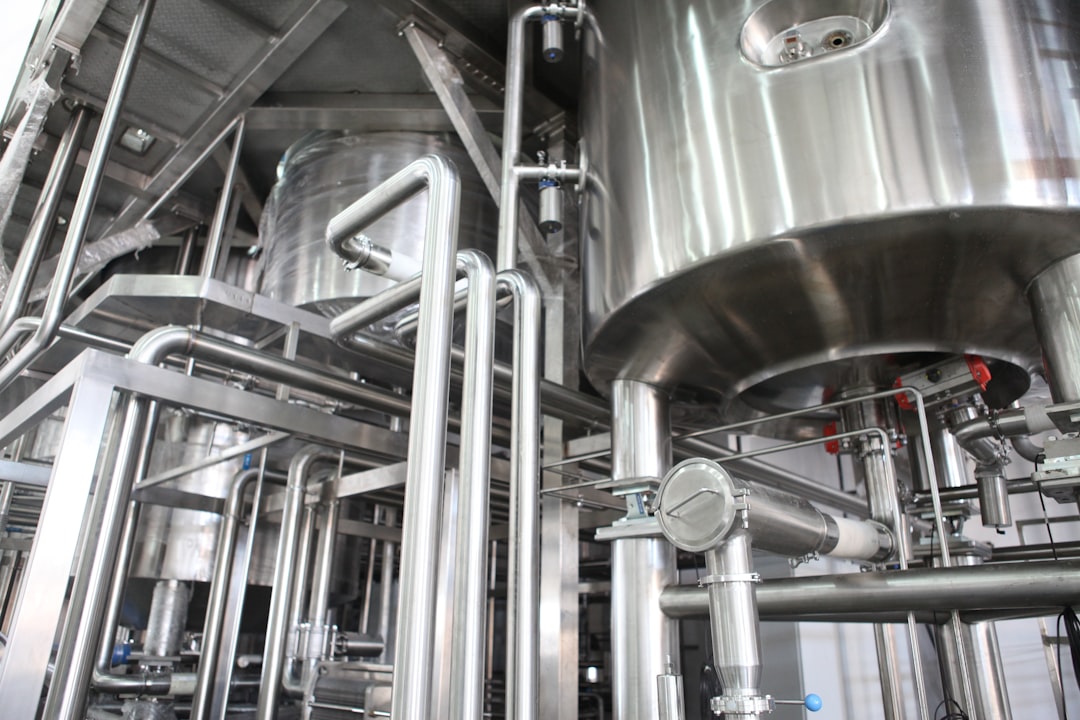Productivity is a key component in any successful business. To ensure that your operation runs smoothly and efficiently, it is essential to have employees who are versatile and capable of handling a variety of tasks. One way to achieve this level of flexibility in your workforce is through cross-training.
Cross-training involves teaching employees different skills and tasks outside of their usual job duties. By allowing workers to gain experience in multiple areas of production, businesses can enjoy a wide array of benefits that can enhance overall productivity and efficiency. In this blog post, we will explore the various advantages of cross-training employees in production.
Increased Flexibility: One of the primary benefits of cross-training employees is increased flexibility within the workforce. When employees are knowledgeable and proficient in multiple areas of production, they can easily adapt to changes in workflow, employee absences, or unexpected fluctuations in demand. This flexibility allows businesses to quickly respond to challenges and keep operations running smoothly without disruptions.
Improved Efficiency: Cross-training employees can also lead to improved efficiency in the production process. When employees are able to perform multiple tasks, they can seamlessly transition between different roles as needed. This reduces downtime between tasks and eliminates the need to wait for a specialist to complete a particular job. As a result, cross-trained employees can help streamline operations and increase overall productivity.
Enhanced Collaboration: Cross-training employees encourages collaboration and teamwork within the workforce. When employees are familiar with different aspects of production, they can easily support each other and work together to solve problems or complete projects. This collaborative environment fosters a sense of camaraderie among employees and promotes a positive work culture that can boost morale and engagement.
Cost Savings: Cross-training employees can also lead to cost savings for businesses. Instead of hiring additional staff or paying overtime to cover gaps in production, cross-training allows businesses to utilize existing employees in multiple roles. This can help reduce labor costs, improve resource allocation, and maximize the productivity of the workforce. Additionally, cross-training can reduce the need for external training or outsourcing, saving businesses money in the long run.
Skill Development: Cross-training employees provides valuable opportunities for skill development and career advancement. By exposing employees to different tasks and responsibilities, businesses can help workers develop new skills, expand their knowledge, and enhance their expertise in various areas of production. This not only benefits individual employees by making them more versatile and marketable, but also benefits the business by creating a more skilled and well-rounded workforce.
Risk Mitigation: Cross-training employees can help mitigate risk in production by ensuring that multiple employees are capable of performing critical tasks. In the event of an employee absence, resignation, or unexpected event, businesses can rest assured knowing that other employees are trained and ready to step in and fill the gap. This reduces the risk of disruptions in production and helps maintain continuity in operations.
Employee Engagement: Cross-training employees can improve employee engagement and job satisfaction. When employees are given the opportunity to learn new skills and take on different responsibilities, they are more likely to feel challenged, motivated, and valued in their roles. This can lead to increased job satisfaction, higher morale, and improved retention rates within the workforce.
In conclusion, cross-training employees in production offers a wide range of benefits that can enhance productivity, efficiency, and overall success for businesses. By providing employees with opportunities to learn new skills, collaborate with colleagues, and contribute to various aspects of production, businesses can create a more flexible, skilled, and engaged workforce that is prepared to excel in today’s competitive market.


